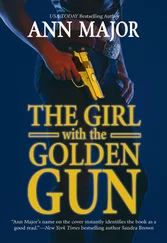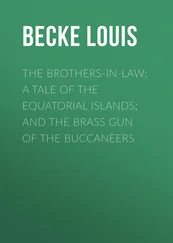The NRA went on the offensive. It saw in the shifting national mood an opportunity to raise money and membership by sounding an especially urgent alarm. A four-page ad inserted in gun magazines showed President Bill Clinton and Sarah Brady shaking hands and on the verge of an embrace. “If you still need convincing reasons to guard your guns,” the ad said, “here’s a couple.” Striking a familiar note of hysteria, the ad cried: “All conditions are ripe for 1993 to be the worst year for gun owners in American history. No holds are barred. No one’s guns are safe. No one’s hunting is protected. No one’s ammunition is off limits. No one’s firearms freedoms are secure.”
It is a mistake, however, to think of the NRA as one uniform block of hard-right, pro-gun zealots. A survey by Louis Harris in 1993 found that of those NRA members captured in the sample, 59 percent supported registration of handguns and 49 percent favored limiting handgun purchases to one a month.
Why this division in attitude between the leadership and the ranks? And how does the NRA manage to avoid blowing apart from internal pressures?
For one thing, turnover among the rank and file is high. In the 1992 membership drive, for example, the NRA actually recruited more than one million new members, but lost more than half a million. Such turnover helps account for why the hard-core faction is able to retain control, despite a far more moderate member pool. For under the bylaws of the NRA, only members who have maintained their membership for five years in a row, or who have acquired a life membership, are permitted to vote in elections of board members. Thus only a small percentage of members are eligible to vote. And a small percentage of these ever bother to use the privilege. Those who do vote tend to be the most ardent of the NRA’s Constitution-thumpers. They field slates of hard-line candidates in each board election and campaign aggressively to see that these candidates win.
To mollify the nonvoting ranks, the NRA provides a broad array of practical services. NRA-certified instructors provide shooting courses and teach gun safety to adults and kids. Celebrated hunters tour the nation conducting NRA hunting seminars. The organization runs shooting camps for kids and for advanced shooters hoping for a berth on the U.S. Olympic shooting team. It helps shooting clubs establish skeet ranges and provides grants to affiliated state shooting associations.
The NRA of political legend is a relatively small group of insiders who control the NRA’s propaganda and lobbying apparatus and adhere to what is at heart a radical, Libertarian political orthodoxy—yet cloak their beliefs in familiar images that evoke mainstream American values and history. Eagles abound in NRA literature. The NRA cap bears an eagle. The NRA’s gun-safety program is named Eddie Eagle. The NRA’s famous bulletins, crafted to rouse the membership to write their legislators in response to some immediate threat, are called Minuteman Alerts. NRA executives lace their remarks and columns with allusions to the American Revolution, patriotism, and frontier history. At the NRA’s 1993 annual meeting in Nashville, executive vice president Wayne LaPierre told the crowd, “You know, a couple of hundred years ago a group of citizen-patriots met at a bridge—Concord Bridge. You are no different from them. Because every day somebody still has to go to that bridge and stand there to defend freedom.”
During the same annual gathering, a John Wayne impersonator, Gene Howard, addressed a separate meeting of the NRA’s board. He wore a red cowboy shirt, brown leather vest, and a blue kerchief—tied at his neck in John Wayne fashion—and recited two of his own poems. One, titled “Do You Want My Gun,” reprised Cold War themes:
Today the majority of us are not politically correct
And what do the liberals want us to put in check?
That’s right, our guns, they want us to turn them in.
For as long as we have them socialism cannot win….
Curiously, Howard then shifted battlefields and identified the NRA cause as nothing less than a fight to restore religion to America:
For today freedom of religion is no longer a right,
But a battle ground for which we must fight.
So if you ask me for my gun, the answer is no!
Try to take it, and if there’s a hell, you’ll know.
Central to the NRA’s rhetoric is opposition to the American media—both the press and the entertainment media—which the leadership perceives as antigun. In his Nashville speech, Wayne La-Pierre called the news media “a force that dwarfs any political power or social tyrant that ever before existed on this planet.” In a column in the June 1993 American Rifleman , NRA president Robert K. Corbin called the offending media “thought police” and warned such media “can unwittingly be manipulated by hidden, far-more-sinister forces.”
In 1993 the association launched a formal assault on television violence, joining a broad popular attack that culminated early in the year in a network decision to air content warnings before especially violent shows. The NRA’s attack, however, contained a curious twist. In testimony before a Senate Judiciary Committee hearing, NRA lobbyist Susan R. Lamson complained that violent television shows unfairly stigmatized guns and gun owners. “This steady diet of stereotypes coupled with gratuitous criminal violence provokes a widespread bigotry against law-abiding gun owners and fuels the drive for restrictions that impact the law-abiding.”
♦ ♦ ♦
The media—and I include here the gun press—bear at least equal responsibility for nurturing firearms violence in America. Gun writers, TV and movie producers, and the daily press directly and indirectly stoke demand for exotic firearms and accessories and orchestrate the bloodthirsty mood that infuses the gun culture.
The gun writers know what their readers want. The newsletter Gun Tests routinely rates the penetration power of handguns and ammunition the way Consumer Reports compares new cars. American Handgunner ’s 1992 “Combat Annual” reviewed six new high-caliber revolvers, calling them “The Ultimate Manstoppers!” Regular issues of the magazine are full of tales of combat tactics and police shoot-outs, part of a running series by Massad Ayoob, the magazine’s star reporter. “Gory True Story,” teased the cover of the October 1991 issue. “REAL-LIFE TERMINATOR! Soaking up bullet after bullet, a cop-killing PCP freak just won’t die! Massad Ayoob’s chilling account on page 70.”
Gun writers often skirt the gory reality of gunshot injury by driving euphemism to new heights, deftly avoiding the words kill, murder , and death , using instead such etymological eunuchs as knockdown, stopping power , and—this is my favorite— double-tap , meaning to shoot a guy twice. (Double Tap also happens to be the name of a Virginia Beach gun store, whose sign features a black human silhouette with two red holes over the heart.)
To the gun press, no firearm is unworthy of praise, not even the Saturday night specials made by the now defunct RG Industries, one of which was used by John Hinckley when he shot James Brady in the head. In its “Combat Annual” American Handgunner included a defense of RG’s guns written by Mark Moritz, special projects editor. Moritz, who noted that his first gun was an RG, tested a .22-caliber RG revolver against an expensive Smith & Wesson .22, comparing their performance in both head and body shots.
The RG was a little slower.
However, Moritz wrote, “even out of the box we are only talking about two-tenths of a second for multiple headshots at the relatively long range of seven yards.”
Читать дальше
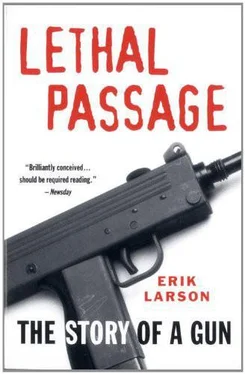
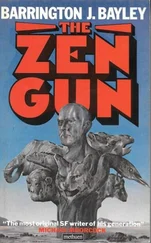
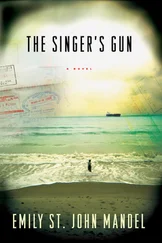

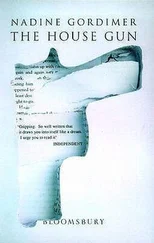

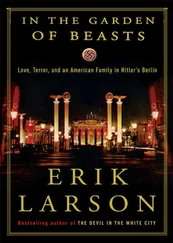

![Ричард Деминг - Whistle Past the Graveyard [= Give the Girl a Gun]](/books/412176/richard-deming-whistle-past-the-graveyard-give-t-thumb.webp)
